Out of office: coffee and creative small talk with Amanda Levete
Bodil Blain, Wallpaper* columnist and founder of Cru Kafé, shares coffee and creative small talk with leading figures from the worlds of art, architecture, design, and fashion. This week, it’s London-based architect Amanda Levete, who founded her award winning practice AL_A in 2009 with co-directors Ho-Yin Ng, Alice Dietsch and Maximiliano Arrocet.
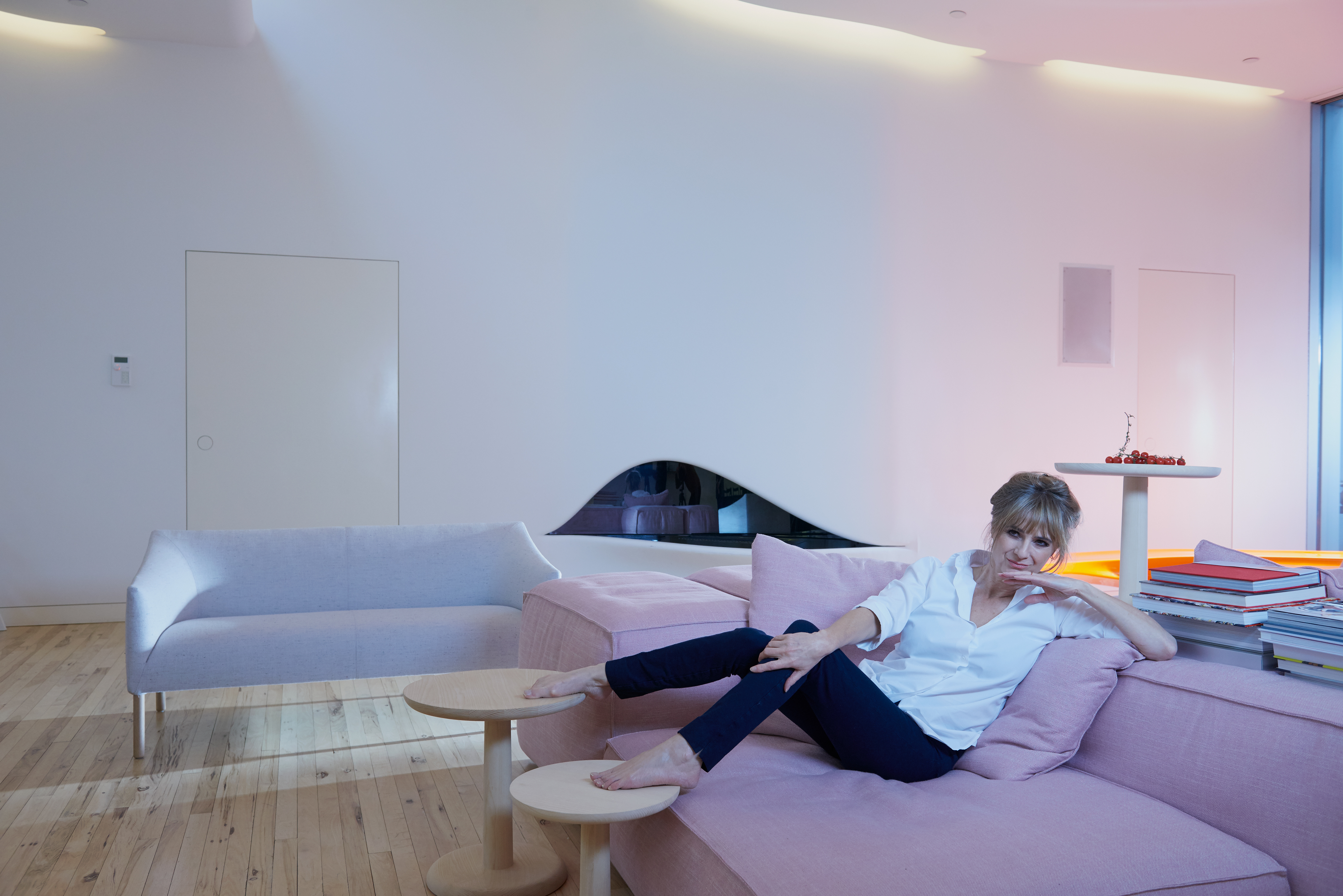
Bodil Blain: How do you take your coffee?
Amanda Levete: Espresso with hot milk, only at breakfast. The old-fashioned Italian way. I love it. I was in Paris recently for work and I met this guy for lunch – he's French, lives in London and was going back on the Eurostar – he had with him three bags of coffee and the smell was so amazing, so heady. It was Costa Rican from Bonmarche and I went the next day to get some because the smell was so good.
BB: When did you first know you were creative?
AL: I was at a very academic school, which I really didn't enjoy. I loved anything that wasn't academic – sport, art... I was always in the art room. It was a way of self-expression, a reaction to the environment around me. I was very clear from the start that I wanted to be an artist and if you take that position at a school like that, you get put in a certain channel and they give up on you a bit. Leaving school at 16 was the best thing that ever happened to me – I was in control of my own destiny.
BB: What did you do next?
AL: I went to art school. I read a lot about history of art and, through that, I discovered architecture. It had never been on my radar before.
‘ It’s important to surround yourself with people who are not only talented, but also who challenge you’
BB: How did you know it was for you?
AL: The design of buildings embodies so much of what it means to be human. It’s about identity, national identity, social issues, political issues. It’s deeply creative, very technical, and very conceptual. As an artist you’re on your own, on a personal quest, whereas architecture is collaborative; you have to take on board other people’s views, maybe even take inspiration from them. It's a discipline that has a built in resistance and I respond well to that; I like the challenge.
BB: Who do you think has been your biggest influence professionally?
AL: My former husband Jan Kaplicky, and Richard Rogers, both very powerful, very different minds. Jan was profoundly talented and a brilliant draughtsman, an original thinker not afraid to go against the status quo. Richard is also a great thinker and attracts the very best talent around him.
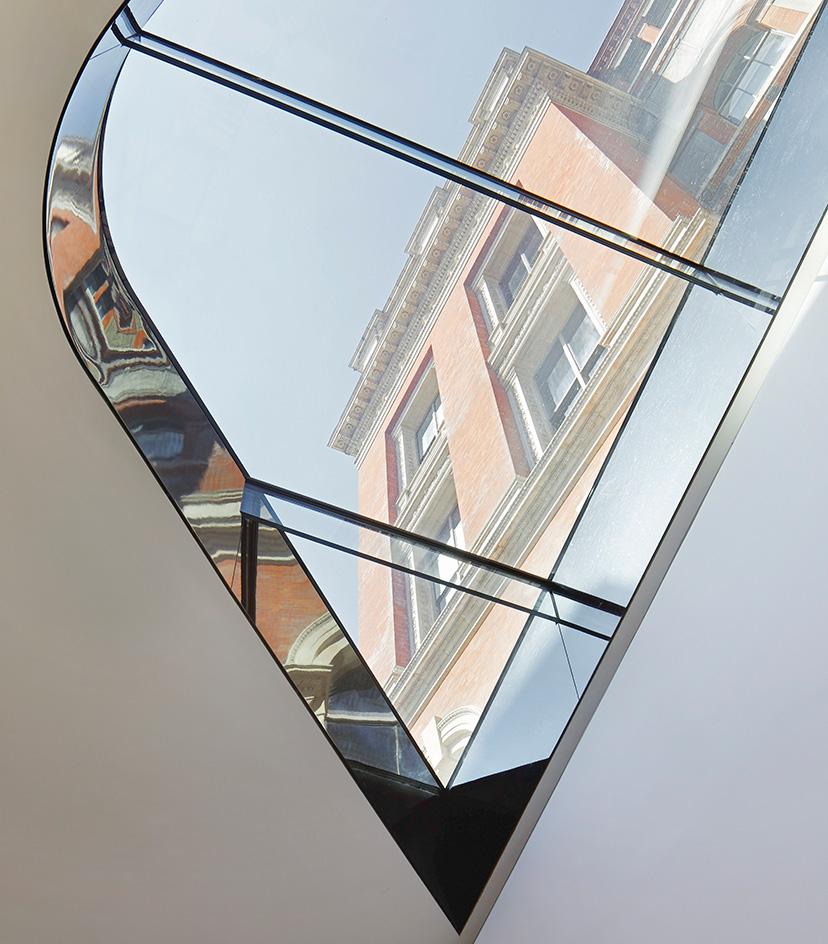
A roof light in AL_A’s V&A extension framing views of the museum's historic Henry Cole Wing facade
BB: How do you organise your firm?
AL: As a group of four directors, we work together on all projects and start with a conversation never a sketch. We talk around the subject, the client, the site, the institutional analysis – we resist making a move until the last possible moment. It’s about trying to understand what it is that’s going unlock the building, so to speak. And, we all own the project together, it’s not about ego. That’s what’s so stimulating here: it’s important to surround yourself with people who are not only talented, but also who challenge you. It’s so important to establish a culture and a spirit in an office, and once you do that, people own that and you develop a collective work ethic. At that point the work begins to take care of itself. There is a sense of common purpose. I’ve never been happier as an architect, nor has the office been so productive or creative. We have a 50/50 gender balance in the office – which is almost accidental – but it has really made the office a happier place.
BB: What does it mean to be an architect in the current environment?
AL: The role of the architect is being diminished and marginalised. The competitive environment we have right now means we’re giving it away for nothing and we’re being asked to do too much: we spend so much time developing ideas and we lose more than win. But there’s also something compelling about the competition process – you’re working so intensely for a very short time, in a vacuum, away from the client. It gives you a certain sort of liberty that you wouldn’t otherwise get and every competition that you do increases your repertoire.
Recently completed projects by AL_A include the Victoria & Albert Museum Exhibition Road Quarter (2017) in London and MAAT (2016), a Museum of Art, Architecture and Technology in Lisbon.
BB: How much do you think your personality has played a role in your success?
AL: It’s very difficult for me to separate who I am and what I do. Other people can make that observation from a distance, but it’s very difficult to look at yourself like that. Sometimes when I look back at decisions I’ve made throughout my career, I think ‘hmm, that was brave’. I am impulsive, and I suppose, competitive. You have to want to win in order to win work. But what drives me, is a desire to make a difference in some small way and for every project to add to the debate. It might be pushing a material to its limits; a new piece of conceptual thinking; a completely new way of making things; it could be a technical innovation, but when you’re working on it, you know what it is that makes it special, different. You don’t hit it every time, but you know when you’ve got it. If I’m confident that what we’ve done is really good, it makes losing even harder but in the long run you profit from good work.
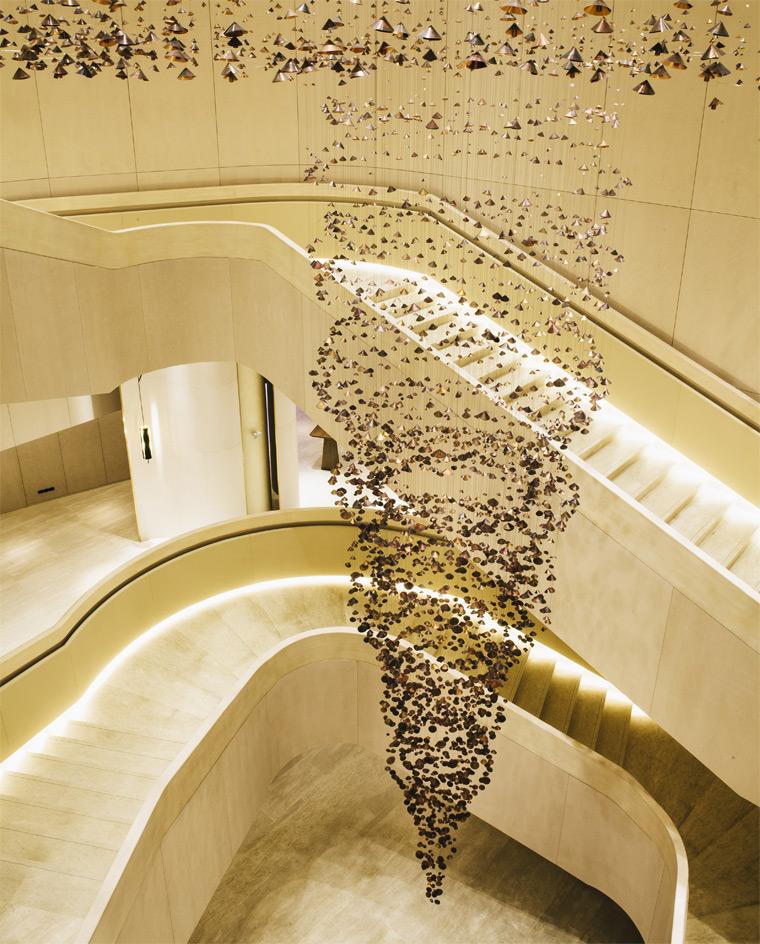
A staircase inside the Central Embassy building in Bangkok by AL_A, with hanging art piece Pagoda Mirage by Hirotoshi Sawada
BB: What buildings, other than those you’ve designed, do you admire? Well, the Centre Pompidou is one of the most important buildings of the 20th century, because it literally turned upside down how we see museums. Instead of a museum being this grand, impenetrable fortress of culture, it became open and democratic. The building has a unique relationship with the space outside and this is as important as what is inside. It’s completely changed the architecture of museums, forever. Another is Frank Lloyd Wright’s Guggenheim in New York, it was so unexpected to completely challenge the uniformity of the Manhattan grid like that. I think there’s certainly room for galleries that are more neutral and then also for spaces like that, which demand the collection, show or work has a relationship to the space in which it is put. It’s a challenge to the curator.
BB: Is your home important to you? I love my home. It’s very open and informal and encourages a certain way of socialising and interacting. I would love to do the ‘definitive house’. We don’t often get asked. It’s very easy for architects to get categorised, but for me, the most interesting work is that which has a public purpose – its more complex and multidimensional.
BB: If you weren’t an architect, what do you think you would be? I wanted to be a restauranteur – although I did that for a very short moment – we had a pop-up restaurant in Soho for three months serving only tinned fish. I would have liked to be a doctor or a barrister. I remember reading Ibsen’s The Master Builder as a student and thinking I’d love to make a film about it. There’s something very cinematic about architecture. Narrative in architecture is very important to me. There are many parallels between film and architecture: it’s deeply collaborative, you work to the same long time frames, you bring people together from many different disciplines. One of the great joys of being an architect is the people you meet and entering a world you didn’t know anything about previously. You have to immerse yourself in that world and you come out changed.
A version of this article originally featured in the October 2018 issue of Wallpaper* (W*235)
Receive our daily digest of inspiration, escapism and design stories from around the world direct to your inbox.
INFORMATION
For more information, visit the AL_A website
-
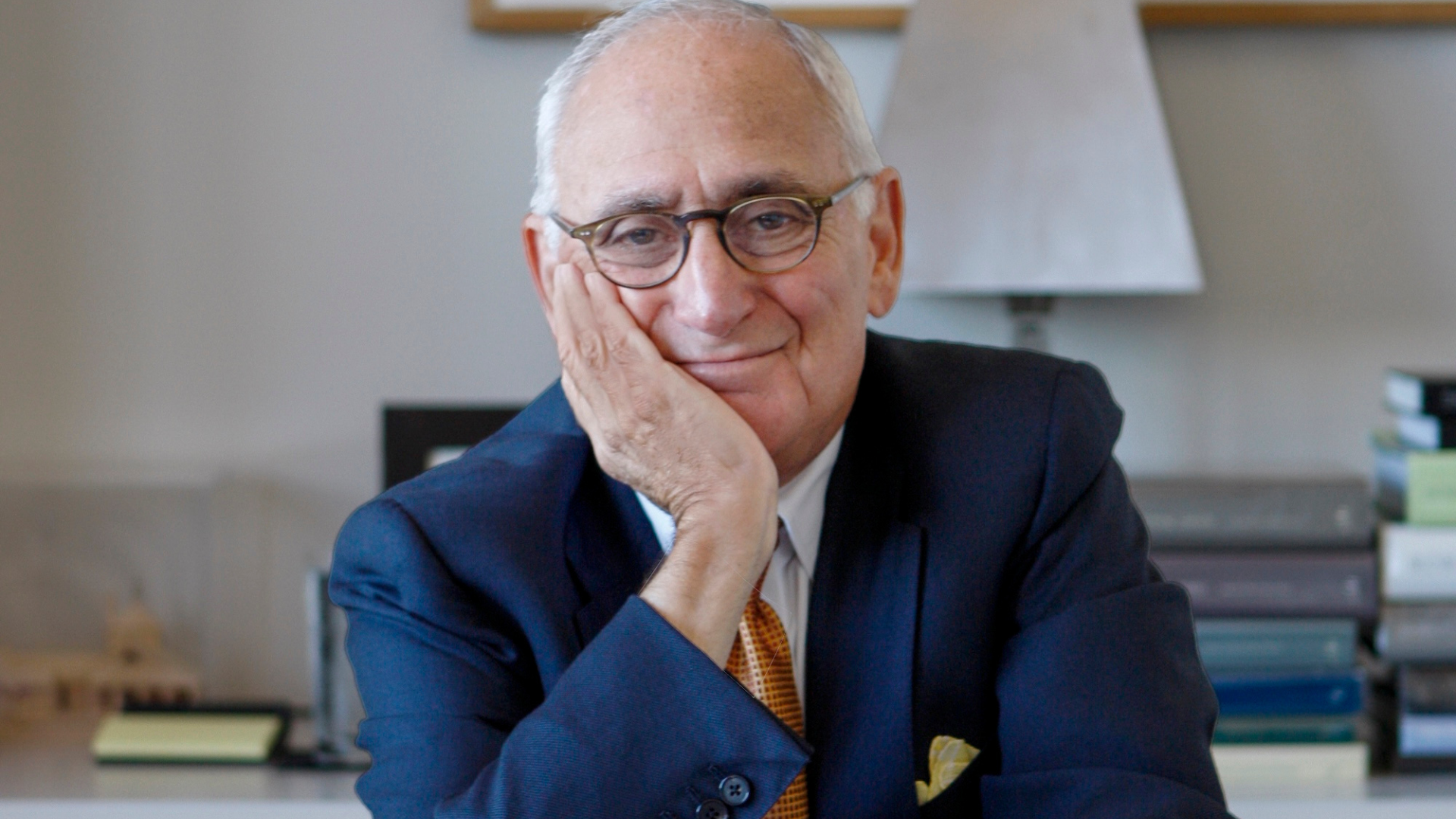 Remembering Robert A.M. Stern, an architect who discovered possibility in the past
Remembering Robert A.M. Stern, an architect who discovered possibility in the pastIt's easy to dismiss the late architect as a traditionalist. But Stern was, in fact, a design rebel whose buildings were as distinctly grand and buttoned-up as his chalk-striped suits
-
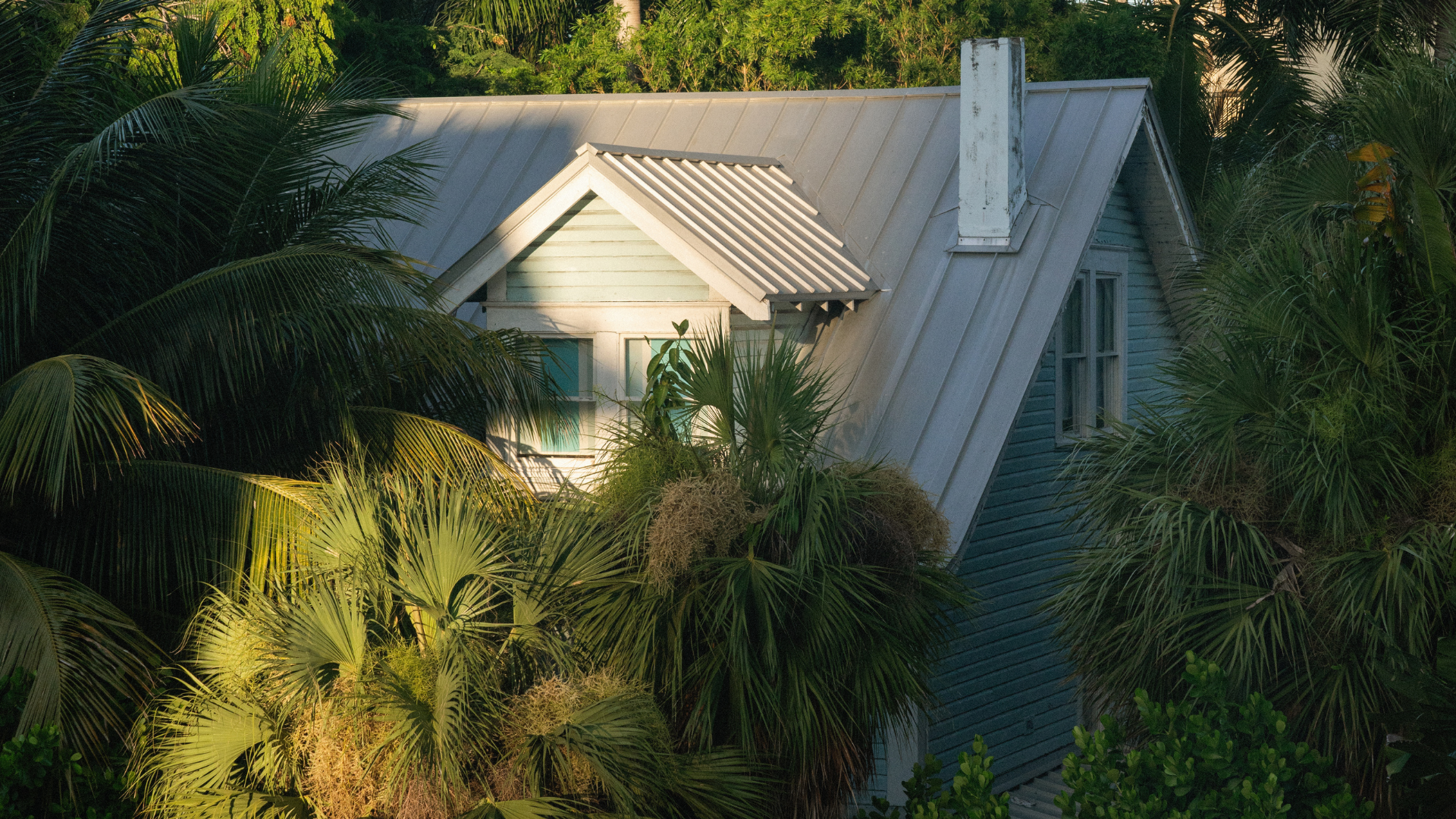 Didn't make it to Alcova Miami this year? These are our 10 favourite things
Didn't make it to Alcova Miami this year? These are our 10 favourite thingsAt the third US edition of the exhibition, designers reinterpreted ancient traditions, artfully refracted light and encouraged sexual exploration
-
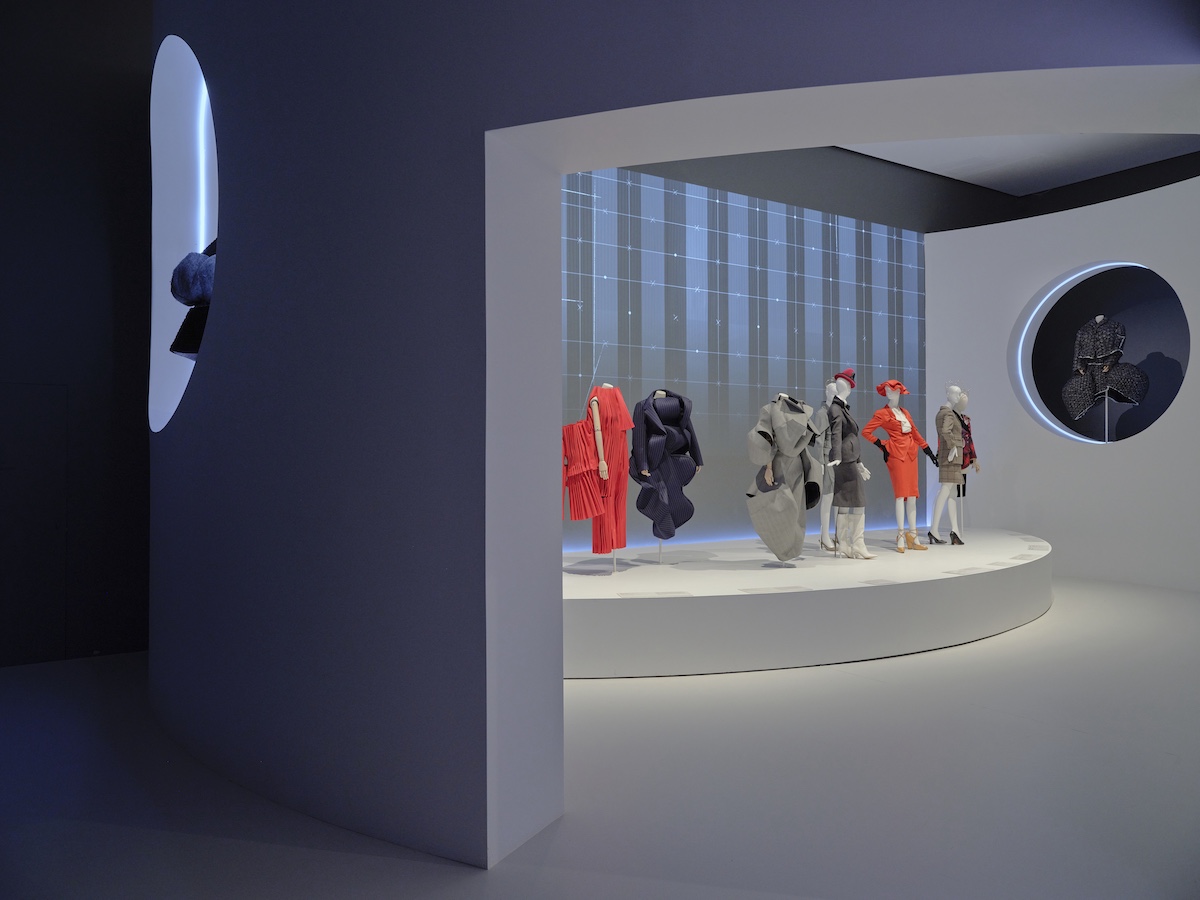 Inside the Melbourne exhibition which puts fashion renegades Rei Kawakubo and Vivienne Westwood in conversation
Inside the Melbourne exhibition which puts fashion renegades Rei Kawakubo and Vivienne Westwood in conversation‘Westwood Kawakubo’ at the National Gallery of Victoria (NGV) in Melbourne draws on the designers’ shared ‘spirit of rebellion’, curators Katie Somerville and Danielle Whitfield tell Wallpaper*
-
 A revived public space in Aberdeen is named Scotland’s building of the year
A revived public space in Aberdeen is named Scotland’s building of the yearAberdeen's Union Terrace Gardens by Stallan-Brand Architecture + Design and LDA Design wins the 2025 Andrew Doolan Best Building in Scotland Award
-
 The Architecture Edit: Wallpaper’s houses of the month
The Architecture Edit: Wallpaper’s houses of the monthFrom wineries-turned-music studios to fire-resistant holiday homes, these are the properties that have most impressed the Wallpaper* editors this month
-
 A refreshed 1950s apartment in East London allows for moments of discovery
A refreshed 1950s apartment in East London allows for moments of discoveryWith this 1950s apartment redesign, London-based architects Studio Naama wanted to create a residence which reflects the fun and individual nature of the clients
-
 In this Cotswolds home, drama meets minimalism
In this Cotswolds home, drama meets minimalismCotswolds home Hiaven house, with interiors designed by McLaren Excell, is a perfect blend of contemporary chic and calm, countryside drama
-
 David Kohn’s first book, ‘Stages’, is unpredictable, experimental and informative
David Kohn’s first book, ‘Stages’, is unpredictable, experimental and informativeThe first book on David Kohn Architects focuses on the work of the award-winning London-based practice; ‘Stages’ is an innovative monograph in 12 parts
-
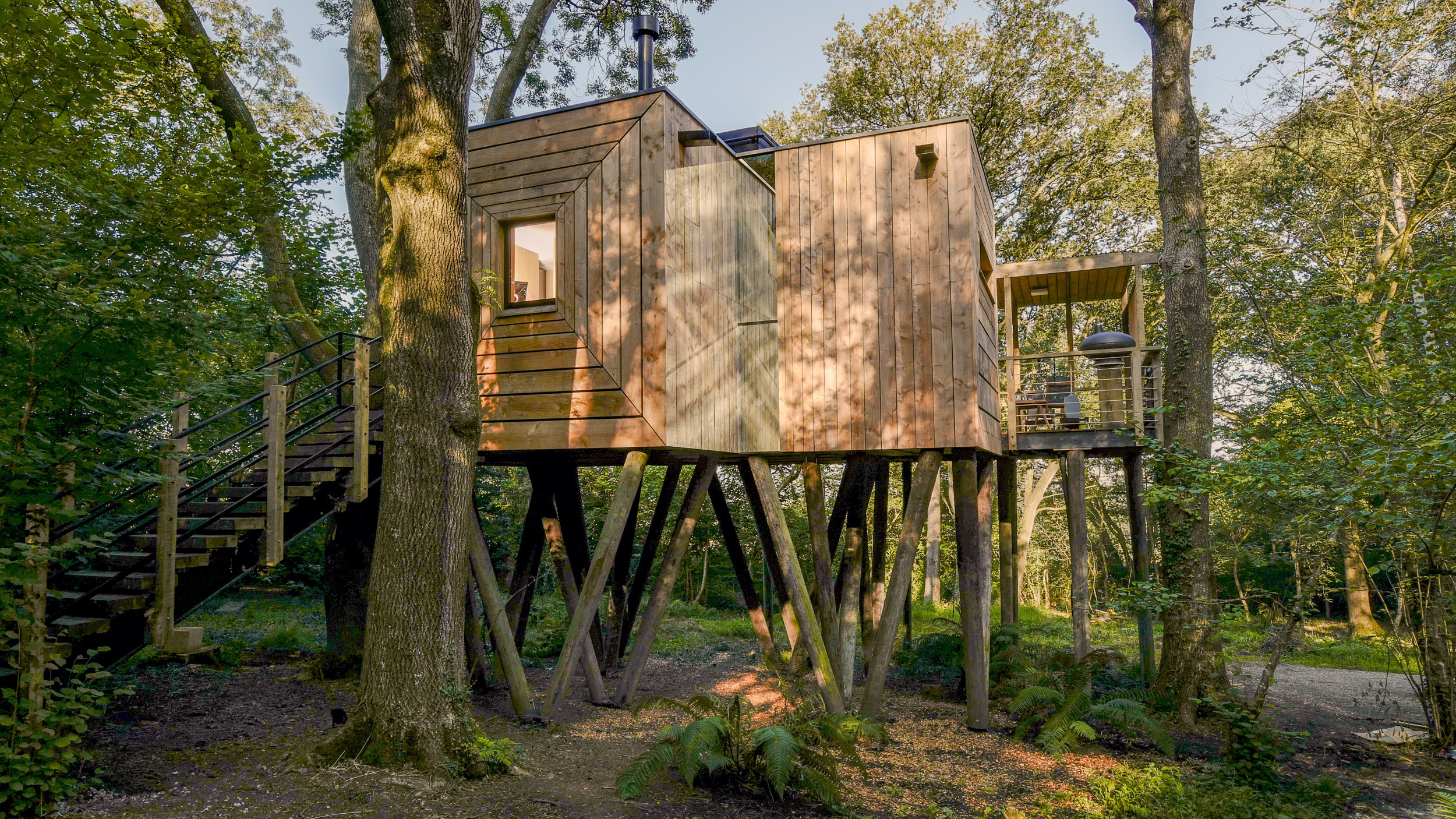 Find solace in the forest at this expansive treehouse retreat in Dorset
Find solace in the forest at this expansive treehouse retreat in DorsetFor sale for the first time, a treehouse, Mallinson’s Woodland Retreat, is a tribute to the skill of designer and master craftsman Guy Mallinson
-
 Modernist Scotland explores the country’s impressive legacy of contemporary architecture
Modernist Scotland explores the country’s impressive legacy of contemporary architectureA new book, Modernist Scotland, delves into the art and ambitions of the International Style in post-war Scotland, presenting 150 projects that typify an age of optimism and innovation.
-
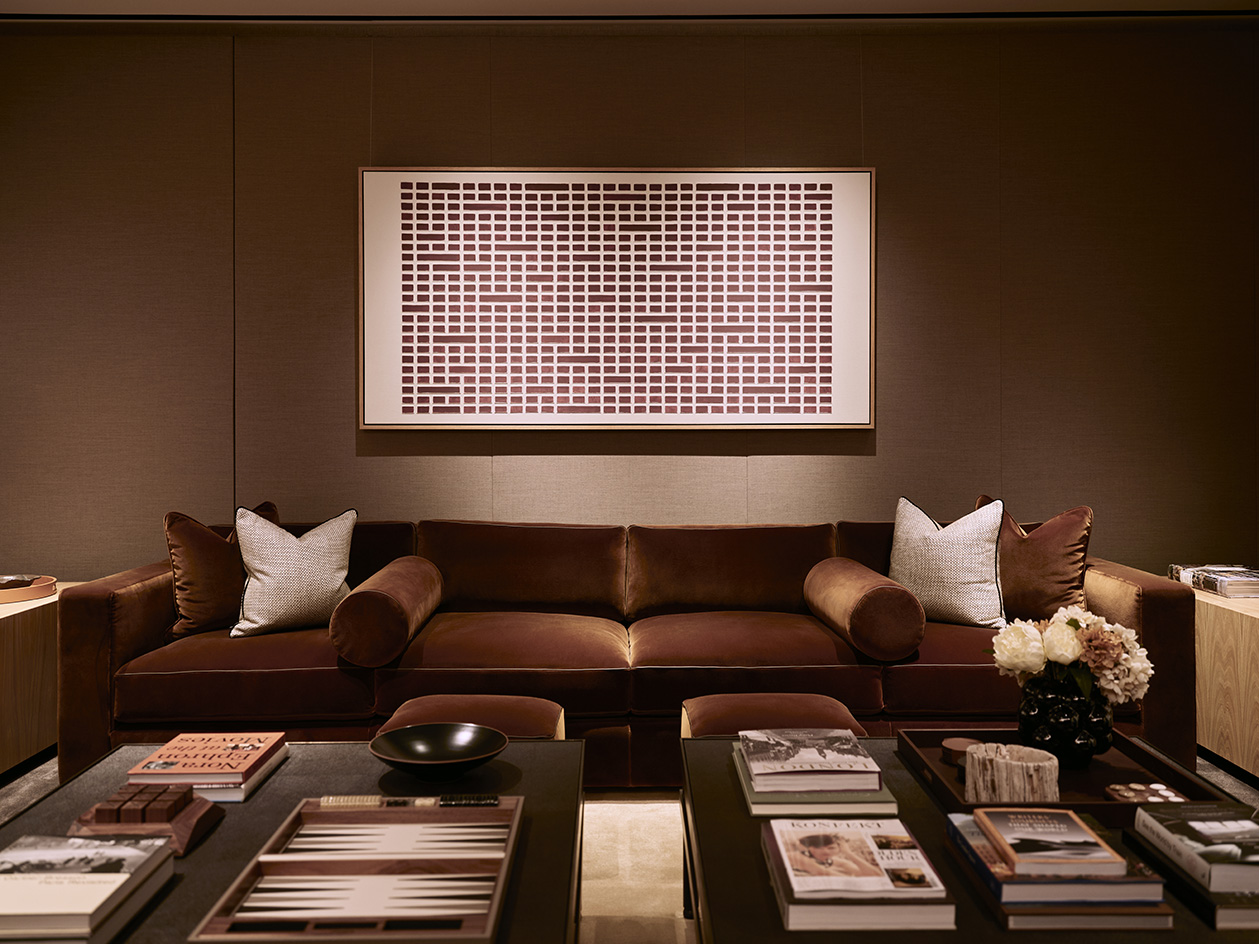 100 George Street is the new kid on the block in fashionable Marylebone
100 George Street is the new kid on the block in fashionable MaryleboneLondon's newest luxury apartment building brings together a sensitive exterior and thoughtful, 21st-century interiors